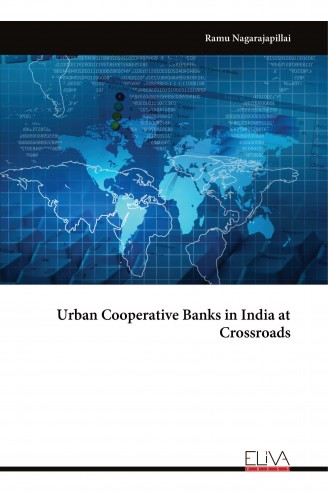Description
The Indian cooperative credit movement is a complex system and the largest system in the world in terms of people served. The urban sector, three tiered short-term rural sector and credit societies, all these serve an estimated 267 to 390 million people all together. Cooperative banks in highly developed countries are part of the banking systems. Urban Cooperative Banks (UCBs) have long been a part of the Indian economic landscape. The first UCB was started at Kancheepuram in Tamil Nadu on 8.10.1904 with a handful of members. UCBs remain not-for-profit, owned and controlled by the members who use their services. They are unit banks on the American model rather than the Branch banks of the British model.
The urban Cooperative Banks (UCBs) are a unique form of organization. They are registered under the Cooperative Societies Act of the concerned state, which empowers the registrar of cooperative societies to register and liquidate the societies. At the same time, these banks were converted into full-fledged banking system only after the extension of Banking Regulation Act 1949 with effect from 01.03.1966 which ensures regulatory powers to the Reserve Bank of India (RBI) like issue of license and controlling banking business. This creates a situation of dual control of UCBs by both state and central governments. In India, ‘cooperation’ is a state subject whereas ‘banking’ is with the union government. Laws governing the management and operations of the cooperative institutions are not uniform and this is another cause of concern.

